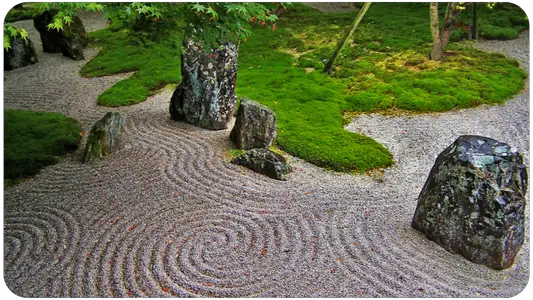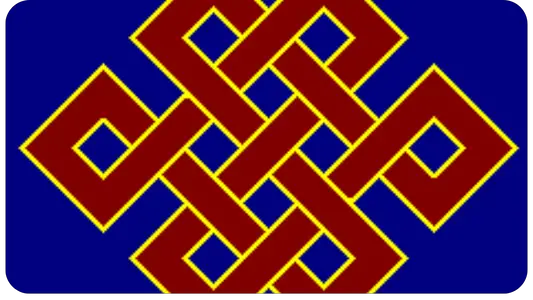In the framework of Buddhist cosmology, a Brahmā is a higher type of deities (devas); which would be involved in the creation of the different existing universes.
Origins
In early Buddhist texts one can find several different Brahmā coexisting one in each of the different existing worlds. Some of them claim to be all-powerful creators, whom only Gautama Buddha corrects.
The myths, characters and functions of these Brahmās are quite different from the Vedic Brahmā. In any case, at least one of the Buddhist Brahmās is identified as the object of worship of the pre-Buddhist Brahmānas.
Features
Brahmâs are a class of non-human beings called Devas. They are known as gods or deities. The word Deva in Pali means "radiant being".
Brahma (benign being) is the antagonist of Marâ (the evil one). In Buddhist texts they are represented as a kind of deities.
Great Brahmâ
He is a Deva, identified as a benign being, who is above other devas, but who is nevertheless not omnipotent, omniscient, omnipresent, nor immutable (for he is subject to change); therefore he is not an absolute God typical of monotheistic religions or the equivalent of the Absolute Brahman of Hinduism, he is simply a higher deva "equivalent" to the four-headed Hindu god, Brahma.
Brahmâ is the highest deva of samsara in terms of power who according to Buddhist legends and sutras considers himself as the creator of our universe.
He is regarded as the protector of faith in Buddhism (Dharmapala). In the planes of existence of the Brahmâ worlds there is absence of pain and suffering but there is no eternal permanence, since all planes of existence in Buddhism are subject to decline, destruction and regeneration. (Samsaric Worlds).
In the Tevijja Sutra, Buddha explains to two brahmins the Brahmaviaharas, a technique for achieving union with the Great Brahmâ, as Buddha first has them admit that never have the two of them ever seen Brahmâ face to face to corroborate his existence; then he teaches them the brahmaviaharas a practice in order to actually achieve such association with Brahmâ.
According to tradition it was the Great Brahmâ who urged Siddhartha to teach the Dharma and what he had discovered; the path that leads to the cessation of pain, to liberation, to Nirvana for the benefit of all sentient beings in samsara. Of all the Brahmâ it is said that this one was the closest to Buddha. This Mahabrahma is called Brahma-sahampati.
Brahmâ in Hinduism
The name Brahmā is also found in the Vedic tradition. In Hinduism likewise there is only one Brahma in each world (universe), being described as the four-headed god who created our entire universe.
In the Hindu text Bhagavata-purana the story is told of when the god Brahmā of our universe arrived at the palace of the god Krishna on Earth, he found countless Brahmās, chief gods of other material universes; realizing that he was just one more of the many beings that exist.
Brahman
There seems to be no identity between the Buddhist Brahmās and the Hindu conception of Brahman (unnameable and unthinkable divine energy), which is not to be confused with the four-headed Hindu god Brahma nor even with the Buddhist Brahma.
The concept of absolute Brahman without qualities (Nirguna Brahman) being thus "closer" to the conjunction of the Buddhist concepts of Anatta and Shuniata, than to that of the Buddhist Brahmās.





